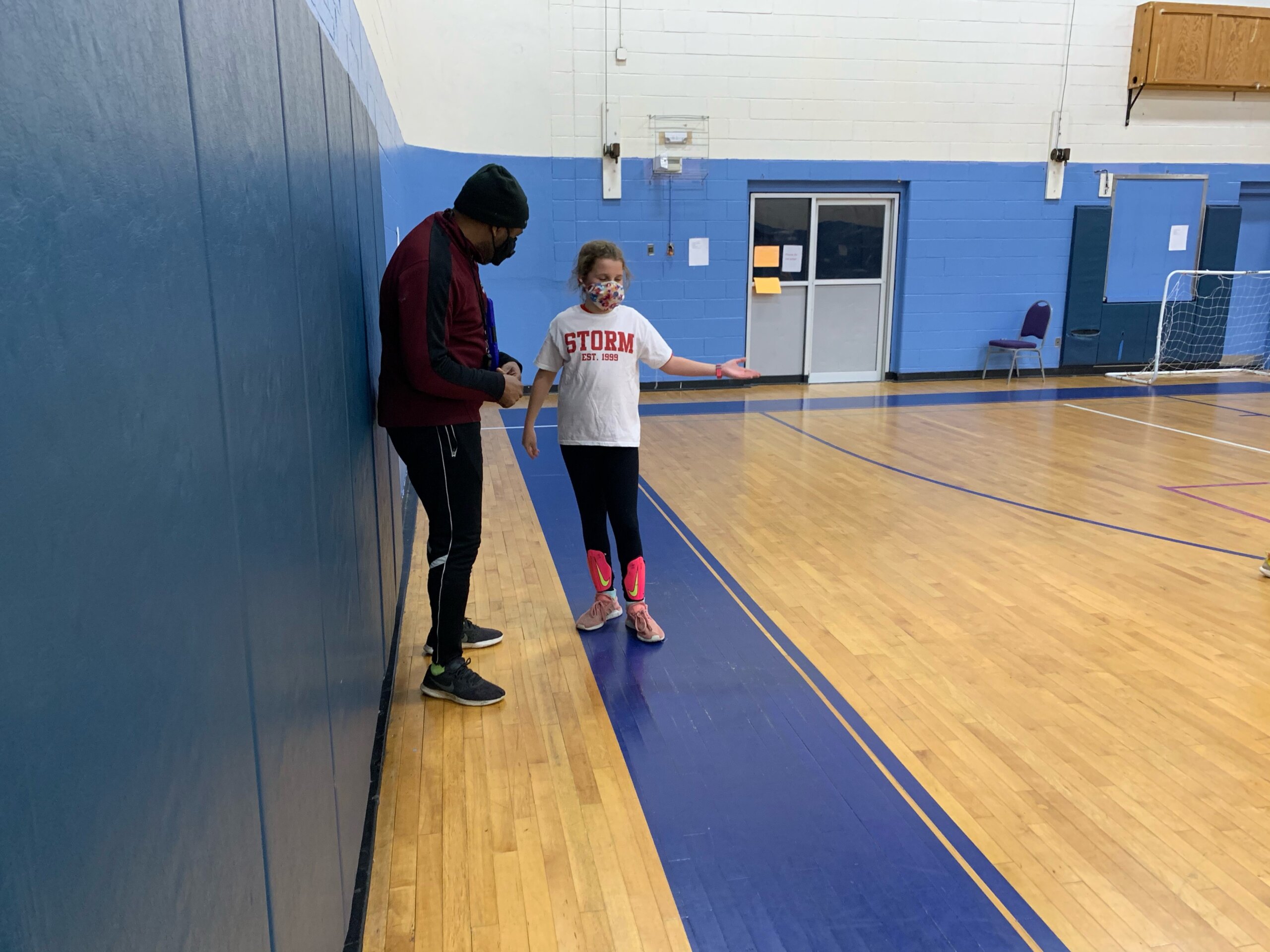Coaching Is Teaching

“Great teachers focus on what the student is saying or doing, and are able, by being so focused and by their deep knowledge of the subject matter, to see and recognize stumbling of the student who’s reaching toward mastery, and then connect to them with a targeted message.” Ron Gallimore, distinguished professor emeritus at UCLA.
Great coaching is a skill.
It is the actions you carry out to influence the way your team and your players play in a game. To be a great coach, it is important that you have the ability to relate your knowledge to your players, in a manner that has a positive effect on their performance.
Bad Coach

Sadly, one of my biggest faults is playing favorites. Whether it is team training, a camp, or a clinic I have been biased toward some players.
I had a training session today (Jan. 27) and my coaching actions involved 1 on 1 training on the side. Of the 11 players playing, I only called 2 players over during play to provide 1 on 1 feedback. The other players received no individual coaching.
I have also been guilty of the favorite bug when asking the team a question. Players whose answers are not in line with my thinking or worse if they give an answer to just gain attention, hardly get a second chance. I hear them answering but after a few words and I am no longer listening.
If given a second chance my listening only gets worse as they don’t get the opportunity to complete their response.
Who Is The Game About?

Are your practices ‘coach-centric’ where the game is about you and not the players? You are the main actor, with the players and the team playing the supporting role.
Most often you make all the decisions. You are in the center of the field when they play, you tell them what to do, when to do it, who should do it with no explanation behind. You remove their freedom to make mistakes and the opportunity to make a decision.
You Have Not Coached Until They Have Learned

Players learn to play soccer in many different ways. Some are better at listening, while others need to see an example. And, there are some who just want to be told what to do.
You need to be able to coach in different ways. Using different coaching tools can help to meet the needs of each player. This blog will share insights into different coaching actions you can apply on the field in a single or combined action.
Effective Coaching

Coaches who are skilled at delivering their messages use a variety of methods to communicate their ideas to support the learning for their players.
Here is a list of actions that you can apply where you are always coaching so your players can constantly be learning.
It is assumed you are on the field and your players are involved in a game or training session.
Best Coaching Actions For Learning
- Active Listening
The most important skill, and usually the weakest.
When you listen and clearly understand what your players are saying, your will fully support their learning. Listening demands understanding the point(s) and supporting their needs.
Listening is very powerful. - Observe
Great coaches focus on what their players are saying and doing when they play.
The game is the best teacher for learning. - Body Language
Show an appreciation for the sought-after players’ actions.
High fives, thumbs up, clap, closed fist pump, superman stance, and eye winks create and sustain motivation in players.
When used at the right moments, it can teach love. - Game-calls
Your players will learn the objectives when you repeat and reinforce the same message you have been working on during training, the same way at games.
Your use of keywords at the right moments supports retention. - Meaningful Questions
Your skill at asking guided questions is a powerful way to engage your players.
When use questioning, the question should state the problem. For e.g. “We are not getting crosses into the box; how can we find our wide-open players?”
Don’t ask why; ask what, how, where, or when. - Paint A Picture
Show them the actions (technical or tactical) needed to solve a problem.
When demonstrating, for best learning, you should incorporate the ball, and be in the area where the problem occurred with the players involved.
Your rehearsal (demo) must include a solution. - Command
Some players learn best when told directly what to do. “Receive the ball, look forward, and then play forward.”
Finding Their Sweet Spot
When you are always coaching your players, it does not mean your always talking or being in control. In fact, your coaching actions can be done solo or in combination depending on the game moment.
Your players are all different, which demands you to be always coaching using a variety of actions to support their learning needs.
References
Coyle, Daniel (2009) The Talent Code. Greatness Isn’t Born. It’s Grown. Here’s How. Bantam Books
Jones, Gerard (2015) Let’s Talk Soccer. Using Game-call to Develop Communication and Decision-Making in Football. Bennion Kearney Limited
US Soccer Federation (2008) National ‘A’ License Course Candidate Manual. USSF
Leave A Comment